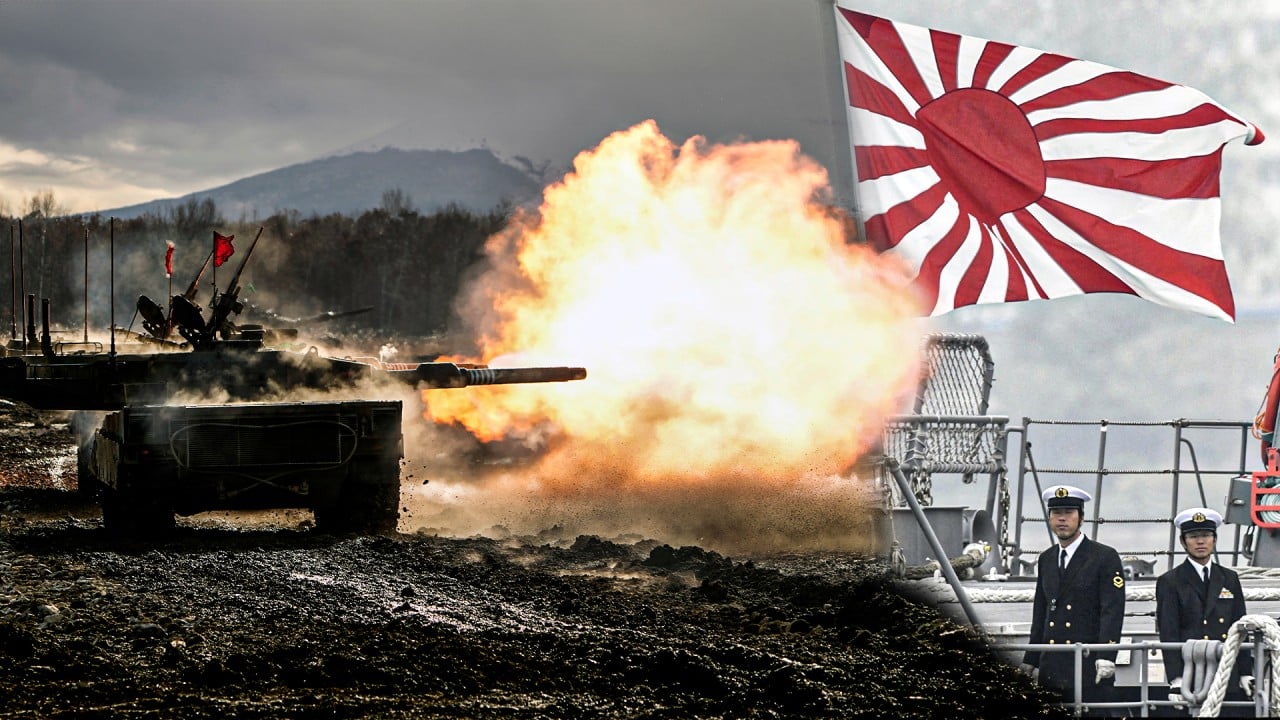After months of fretting about Donald Trump’s return to the American presidency, the US-Japan relationship appeared to get off to a good start. A successful leaders’ summit and a visit from Defence Secretary Pete Hegseth that reaffirmed the importance of Japan in deterring China left Tokyo less alarmed.
But Trump’s decades-long convictions held firm: first, the derogatory mention of the “interesting deal” the United States has with Japan, then the hammer of harsh tariffs that left Japan reeling. The 90-day pause on “reciprocal” tariffs may offer temporary relief, but the whipsaw of policy changes severs stability. Will this economic tsunami undermine the security partnership that has held for over 60 years?
Even before the US announcements that Japan would pay 25 per cent on its car exports and 24 per cent on everything else (and before the Nikkei index plunged), Tokyo was facing a mountain of economic pressure.
During his Washington visit, Prime Minister Shigeru Ishiba pledged to raise Japan’s investments in the US to US$1 trillion. At their joint press conference, Trump pushed for Japanese investment in US energy exports, including an Alaskan liquefied natural gas (LNG) pipeline project with an eye-popping price tag of US$44 billion.
As Japan struggles to pay for its plan to increase its defence budget to 2 per cent of its gross domestic product by 2027, prominent Trump nominees – including Elbridge Colby, nominated for undersecretary of defence for policy – asserted that Japan should spend at least 3 per cent of its GDP on defence. Furthermore, burden-sharing talks loom: negotiations from the last administration suggest the US will demand steep increases in how much Japan provides to defray the cost of hosting US troops.
Spurred by concern about China’s belligerence and maritime advances around Japan’s southwestern islands, Japan is stepping up its defences, jolting out of post-war norms that had limited its security posture.
